Baldur's Gate 3: A XenGamer Deep Dive - Is This the CRPG Masterpiece We've Been Waiting For?

Baldur's Gate 3 has arrived, and the hype train has reached terminal velocity. As a grizzled PC gaming veteran with more hours logged in CRPGs than I care to admit, and a fondness for tabletop D&D, I approached Larian Studios' latest offering with a healthy dose of skepticism. Could it possibly live up to the near-universal acclaim? The answer, after dozens of hours spent traversing Faerûn, battling mind flayers, and grappling with morally dubious choices, is a resounding yes. But it's not without its quirks. Let's delve into the nitty-gritty, shall we?
Gameplay & Mechanics: D&D 5e Reimagined (and Sometimes Improved)
Larian’s adaptation of D&D 5e is both faithful and inventive. They've managed to translate the core tenets of the tabletop experience into a compelling video game format. Actions like Shove and Hide are implemented effectively, providing tactical options beyond simple attack routines. Shoving an enemy off a cliff or into a conveniently placed chasm is consistently satisfying. The Hide mechanic feels robust, allowing for strategic ambushes, though enemy AI can sometimes be a bit too forgiving.
The limited spell slot system, a hallmark of D&D, is present and accounted for. While some might find it restrictive, I believe it forces players to think strategically about spell usage. Every spell cast feels impactful because you know you have a finite pool to draw from. Resource management becomes crucial, encouraging the use of cantrips and mundane items to supplement your spellcasting.
However, Baldur's Gate 3 truly shines when it comes to environmental interactions, particularly surface effects. Fire, ice, and acid aren't just visual flourishes; they fundamentally alter the tactical landscape. Creating a pool of grease and then igniting it with a firebolt can turn the tide of battle, while freezing a water surface creates a treacherous obstacle for enemies. This adds a layer of depth absent in many tabletop campaigns. The ability to manipulate the environment in such creative ways is a game-changer, pushing players to think outside the box and rewarding clever tactical maneuvers.
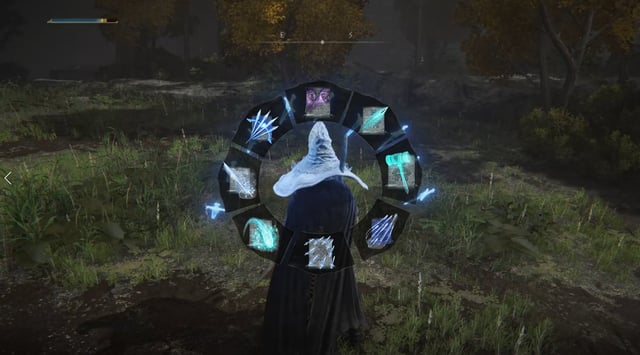
Narrative Analysis: Companions That Matter
The companions in Baldur's Gate 3 are more than just stat blocks and quest givers; they're fully realized characters with their own motivations, flaws, and desires. Astarion's struggle with his vampire spawn nature and Shadowheart's devotion to Shar are both captivating and complex.
Astarion's storyline is a masterclass in morally grey character writing. His vulnerability and manipulative tendencies make him a fascinating, if unsettling, companion. Navigating his personal quest involves difficult choices that have lasting consequences for both him and the party.
Shadowheart's Shar-worshiping questline is equally compelling. Her internal conflict between faith and her own moral compass is palpable. Helping her unravel the mysteries of her past is a rewarding experience, filled with twists and turns.
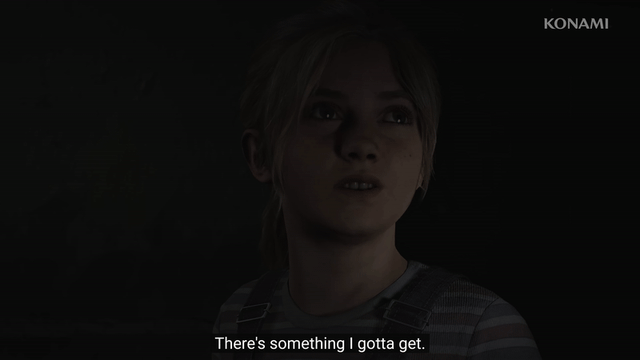
Crucially, these companion narratives aren't isolated side stories; they're interwoven with the main plot in meaningful ways. Their personal quests shed light on the larger conflict and often provide crucial insights into the game's lore. Their reactivity to player choices is also significant. Morally ambiguous decisions can drastically alter their approval ratings, impacting their willingness to assist you and even affecting their personal storylines. Your companions' opinions matter, and that's a testament to the game's excellent writing and reactivity. Astarion's romance guide, in particular, is a hot topic – choose your dialogue carefully!
Graphics: A Feast for the Eyes (and the Soul)
Baldur's Gate 3 is a visually stunning game. The art style strikes a balance between realism and fantasy, creating a world that feels both believable and magical. The environments are richly detailed, from the sun-drenched forests of the Sword Coast to the eerie depths of the Underdark.
The character animations are particularly impressive. Facial expressions are nuanced and expressive, conveying a wide range of emotions during dialogue sequences. The game largely avoids the "uncanny valley" effect, making interactions with the characters feel genuine and engaging.
The lighting in areas like the Underdark is especially noteworthy. The interplay of light and shadow creates a sense of claustrophobia and unease, perfectly capturing the oppressive atmosphere of the subterranean realm. Dynamic lighting also plays a crucial role in combat, affecting visibility and creating opportunities for tactical plays.
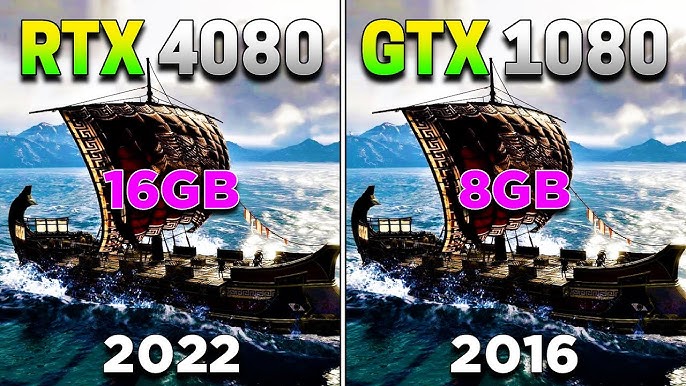
PC Performance (Steam Deck): A Portable Powerhouse?
Now, let's talk about performance on the Steam Deck. Getting Baldur's Gate 3 running smoothly on Valve's handheld requires some tweaking, but the results are worth the effort.
At low settings, you can expect to achieve a consistent 30-40 FPS in most areas. Medium settings will hover around 25-35 FPS, with occasional dips in more demanding scenes. High settings are generally not recommended for a stable 30FPS experience on the Steam Deck.
The graphical settings that have the greatest impact on performance are shadow quality, volumetric fog, and ambient occlusion. Lowering these settings will provide the most significant FPS boost. It’s also worth experimenting with FidelityFX Super Resolution (FSR) to further improve performance without sacrificing too much visual fidelity.
Compared to other demanding titles like Cyberpunk 2077 or Elden Ring, Baldur's Gate 3 is surprisingly well-optimized for the Steam Deck. Achieving a consistent 30FPS experience requires some compromises, but the ability to play this epic CRPG on the go is a game-changer.
Here's a screenshot of the recommended settings for achieving 30FPS on the Steam Deck:
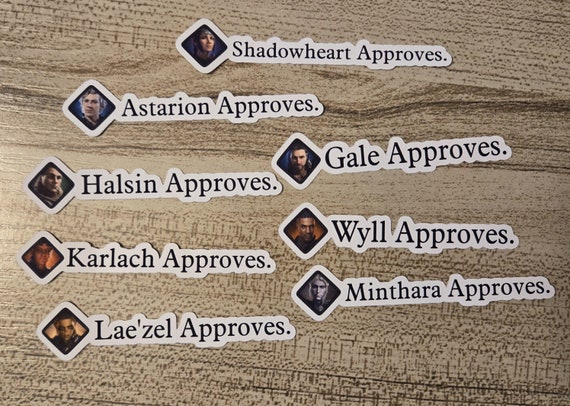
Here's a side-by-side comparison screenshot from the same environment, one running with lower settings, the other with high:
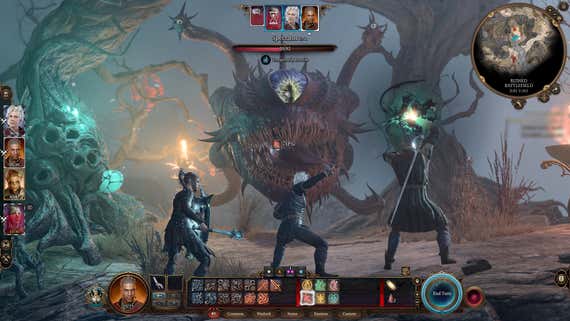
Overall Experience: A Triumph for CRPGs
Baldur's Gate 3 is remarkably accessible for newcomers to the CRPG genre. The tutorial effectively introduces core mechanics, gradually easing players into the complexities of D&D 5e. UI elements, such as the spell selection screen and dialogue options, are intuitive and easy to understand. While overwhelming at first, the game is very well organized to walk new players through the basics.
The game offers a range of difficulty options to cater to both casual players and hardcore D&D fans. The "Explorer" difficulty is perfect for those who want to focus on the story, while "Tactician" mode provides a challenging experience for seasoned veterans.
Replayability is where Baldur's Gate 3 truly shines. The branching narratives, multiple character builds, and the significant impact of player choices ensure that no two playthroughs are the same. Whether you're romancing Astarion, mastering Tactician Mode, or experimenting with different character classes, there's always something new to discover. Baldur's Gate 3 multiplayer co-op enhances the overall experience.
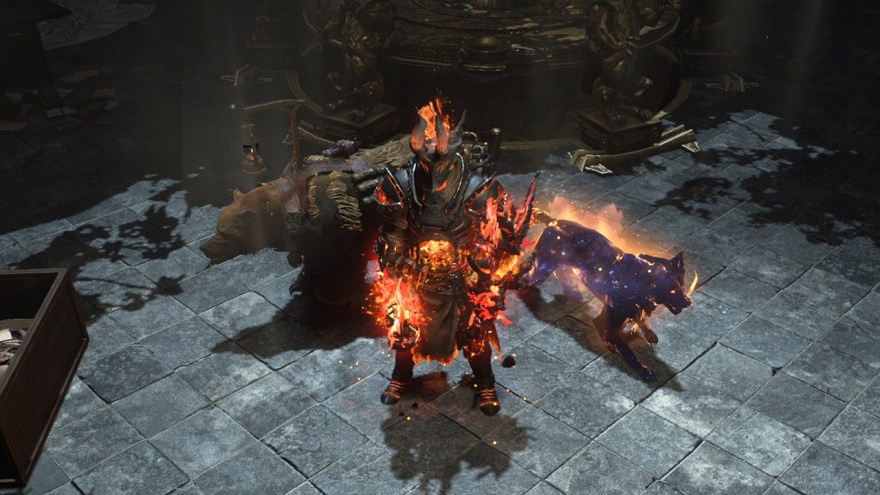
Conclusion: A Must-Play for PC Gamers
Baldur's Gate 3 is more than just a great CRPG; it's a landmark achievement in video game storytelling and design. Larian Studios has crafted a world that is both deeply engaging and incredibly reactive, where player choices truly matter. While the Steam Deck performance requires some tweaking, the ability to experience this epic adventure on the go is a testament to the game's optimization. Is Baldur's Gate 3 worth buying? Absolutely. If you're a fan of CRPGs, D&D, or simply great storytelling, you owe it to yourself to experience Baldur's Gate 3. It's a game that will stay with you long after the credits roll.